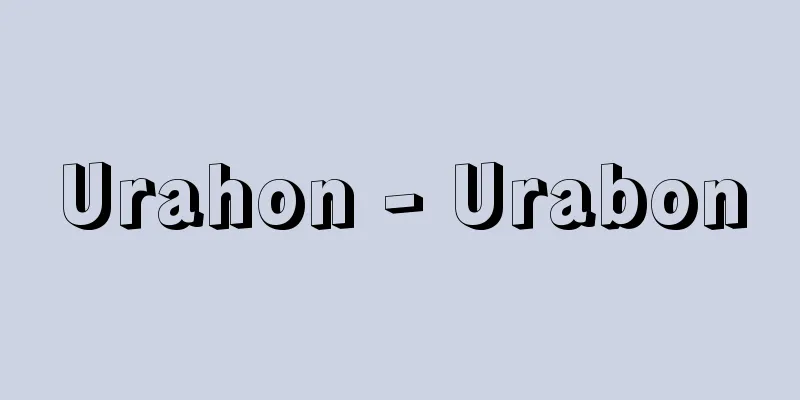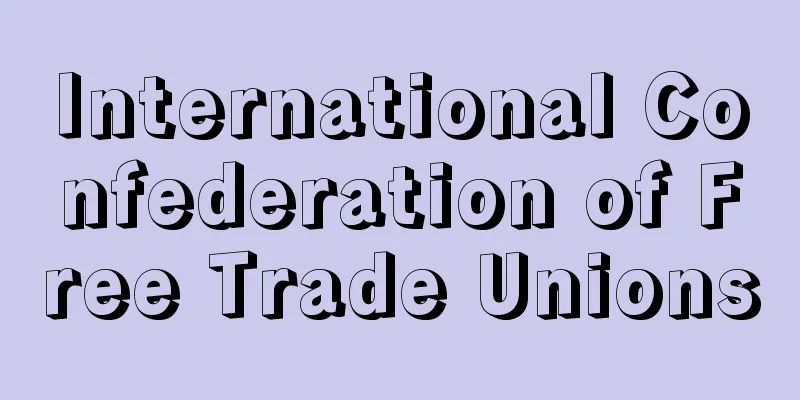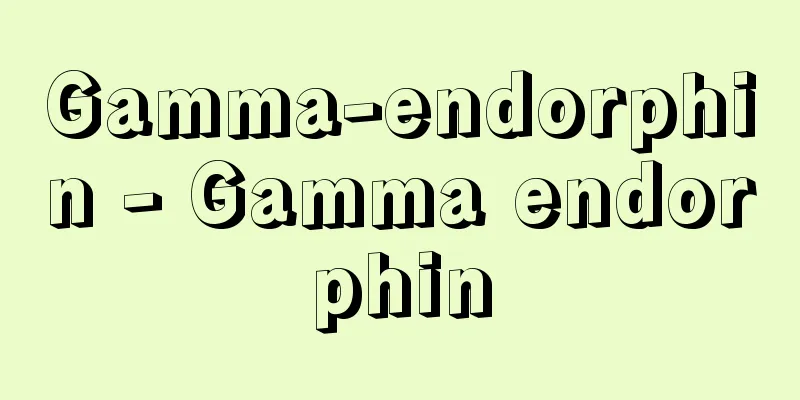Equal Employment Opportunity Law - danjokoyoukikaikintoho

|
Its official name is the "Act on Ensuring Equal Opportunities and Treatment Between Men and Women in Employment" (Act No. 113 of 1972). Its predecessor was the "Working Women's Welfare Act", which was renamed the "Act on Ensuring Equal Opportunities and Treatment Between Men and Women in Employment and Promoting the Welfare of Female Workers" when the revised law was enacted in 1985 (hereinafter referred to as the 1985 Act), and then changed to its current name when it was revised in 1997 (hereinafter referred to as the 1997 Act). The 1985 Act was enacted with the aim of improving the welfare of female workers by ensuring equal opportunities and treatment for men and women in the field of employment, developing and improving the professional skills of female workers, assisting them in finding new jobs, and promoting the balance between professional and family life, in order to prepare the conditions for ratifying the Convention on the Elimination of All Forms of Discrimination against Women, which was adopted by the United Nations in 1979 (Japan ratified it in 1985). At the same time as this legislation was enacted, restrictions on overtime work, holiday work, and night work for female workers under the Labor Standards Act were reduced, while protections were strengthened, such as extending the period of maternity leave, for the purpose of establishing conditions for equal working conditions for men and women. The 1997 Act set the legislative purpose of ensuring equal opportunities and treatment for men and women in the field of employment as well as ensuring the health of female workers during pregnancy and after childbirth. The above-mentioned provisions for protecting women in the Labor Standards Act were completely abolished, while protection of maternal health care was strengthened. The 1997 Act prohibited discriminatory treatment of female workers compared to male workers in terms of recruitment, hiring, placement, promotion, education and training, welfare benefits (limited to welfare benefits measures specified by the Ministry of Health, Labor and Welfare Ordinance), retirement, resignation and dismissal. The 1985 Act merely imposed an "obligation to make an effort" on employers to ensure equal opportunities in recruitment, hiring, placement and promotion, but the 1997 Act made this a "prohibition provision." Labor contracts, work regulations and labor agreements that violate this prohibition are invalid. In addition, sanctions were also established to make public the names of companies that violate these provisions. On the other hand, the government is now able to provide assistance to employers who take proactive measures (so-called positive action) to achieve equality between men and women. Furthermore, employers are now required to take into consideration issues arising from sexual verbal or physical conduct in the workplace (so-called sexual harassment) in their employment management. The Minister of Health, Labour and Welfare is to set guidelines for the specific measures that employers should take regarding legal matters. Following the above amendments, in 2006, amendments were made to strengthen the law's character as an equal employment law for men and women. First, employment discrimination against both men and women was prohibited. The scope of prohibited discrimination was expanded to include the following: allocation of work and authority in placement, demotion, change of job type and employment status, encouragement to resign, and renewal of labor contracts. Furthermore, so-called indirect discrimination was newly prohibited. That is, among "measures that have requirements other than the sex of the worker and that may be considered to be discrimination on the grounds of sex in consideration of the ratio of men and women who meet the requirements of the measure and other circumstances," the following three measures specified by the Ministry of Health, Labor and Welfare ordinance were prohibited: (1) height, weight, and physical strength requirements in recruitment and hiring, (2) transfer requirements in recruitment and hiring, and (3) transfer experience requirements in promotion. At the same time, maternity protection was also strengthened. Dismissal and other unfavorable treatment due to pregnancy, childbirth, taking maternity leave, or other reasons specified by the ministerial ordinance (maternity protection measures, etc.) are prohibited, and dismissal during pregnancy or within one year after childbirth is invalid. Regarding sexual harassment, protection was previously limited to women, but now it is extended to men as well, and employers are now required to take measures, which is stronger than the previous obligation to be considerate. To ensure the effectiveness of such protection, sexual harassment and maternity protection measures are now subject to mediation by the Dispute Adjustment Committee and the public disclosure of company names. Meanwhile, while the Equal Employment Opportunity Law was amended, regulations in the Labor Standards Act were relaxed, such as lifting the ban on women working underground, except for pregnant women and laborers. [Mikio Yoshida] "The New World of Equal Employment Opportunity Law - From Double Standards to Common Standards" by Mutsuko Asakura (1999, Yuhikaku Selection)" ▽ "The Handbook of the Equal Employment Opportunity Law, edited by the Labor Legislation Association (2007, Labor Legislation Association, Labor Legislation Sales)" ▽ "The Changes in Practice of the Revised Equal Employment Opportunity Law - Key Points for Prohibiting Indirect Discrimination and Preventing Sexual Harassment" by Kazuo Fukano (2007, Labor Administration)" ▽ "The Changes! Q&A on the Equal Employment Opportunity Law, edited by the Japan Federation of Bar Associations (2007, Iwanami Booklet)" [References] | | | | | | | |Source: Shogakukan Encyclopedia Nipponica About Encyclopedia Nipponica Information | Legend |
|
正式には「雇用の分野における男女の均等な機会及び待遇の確保等に関する法律」(昭和47年法律第113号)。「勤労婦人福祉法」を前身とし、1985年(昭和60)の改正法成立とともに「雇用の分野における男女の均等な機会及び待遇の確保等女子労働者の福祉の増進に関する法律」と改名され(以下、85年法という)、その後1997年(平成9)の改正(以下、97年法という)の際、現在の名称になった。 85年法は、1979年に国際連合で採択された「女性差別撤廃条約」を批准(日本の批准は1985年)する条件を整備するため、雇用の分野での男女の均等な機会・待遇の確保、女性労働者の職業能力の開発・向上、再就職の援助、職業生活と家庭生活の調和を図ることなどにより女性労働者の福祉を増進させることを目的に制定された。この立法と同時に、男女が平等に働く条件を確立するためという理由で、労働基準法上の女性労働者に関する時間外労働や休日労働、深夜労働についての制限が縮小される一方、産後の休業期間の延長など保護の強化が行われた。 その後、97年法は、立法目的として、雇用の分野での男女の均等な機会・待遇の確保と並んで、女性労働者の妊娠中と出産後の健康確保を目的として掲げ、労働基準法上の前記の女性保護規定が全面的に廃止される一方、母性健康管理について保護が強化された。97年法では、雇用上の募集・採用、配置・昇進・教育訓練、福利厚生(ただし厚生労働省令で定める福利厚生措置に限る)、定年・退職・解雇について、女性労働者を男性と差別的に取り扱うことを禁止した。85年法では、募集・採用、配置・昇進について、単に事業主に機会均等への「努力義務」を課していたにすぎなかったが、これを97年法は「禁止規定」にした。この禁止に反する労働契約や就業規則、労働協約などは無効となる。また、これらに違反した企業名を公表する制裁措置も設けられた。他方、事業主が男女の平等化を図るための積極的措置(いわゆるポジティブ・アクション)を行う場合、国が援助を行うことができることになった。さらに、職場における性的な言動に起因する問題(いわゆるセクシュアル・ハラスメント)に関して、事業主に雇用管理上の配慮が義務づけられた。そして、法定の事項に関して事業主が講ずるべき具体的内容については、厚生労働大臣が指針を定めるものとされた。 以上のような改正を経て、2006年には男女の雇用平等法としての性格を強化する改正が加えられた。まず、男女双方に対して雇用上の差別が禁止された。そして、差別が禁止される対象も拡大され、従来の事項に以下が加えられた。すなわち、配置における業務の配分・権限の付与、降格、職種・雇用形態の変更、退職勧奨、労働契約の更新の各事項である。さらに、新たに、いわゆる間接差別が禁止された。すなわち、「労働者の性別以外の事由を要件とするもののうち、措置の要件を満たす男性及び女性の比率その他の事情を勘案して実質的に性別を理由とする差別となるおそれがある措置」のうち、厚生労働省令で定める以下の三つが禁止された。(1)募集・採用における身長・体重・体力要件、(2)募集・採用における転勤要件、(3)昇進における転勤経験要件である。同時に、母性保護も強化された。妊娠・出産・産休取得その他省令で定める理由(母性保護措置など)による解雇その他不利益取扱いの禁止、妊娠中・産後1年以内の解雇の無効などである。セクシュアル・ハラスメントについても、従来、保護対象は女性に限られていたが、男性も対象になるとともに、使用者は「措置義務」が課せられることになり、従来の「配慮義務」より強化された。このような保護の実効性を確保するため、セクシュアル・ハラスメントおよび母性保護措置も紛争調整委員会による調停および企業名公表の対象とされた。なお、このような男女雇用機会均等法の改正の一方、労働基準法については、女性の坑内労働の禁止が妊産婦・作業員を除き解禁されるなど、規制が緩和された。 [吉田美喜夫] 『浅倉むつ子著『均等法の新世界――二重基準から共通基準へ』(1999・有斐閣選書)』▽『労働法令協会編『男女雇用機会均等法便覧』(2007・労働法令協会、労働法令発売)』▽『深野和男著『こう変わる改正男女雇用機会均等法の実務――間接差別禁止、セクハラ防止の要点』(2007・労務行政)』▽『日本弁護士連合会編『こう変わる!男女雇用機会均等法Q&A』(2007・岩波ブックレット)』 [参照項目] | | | | | | | |出典 小学館 日本大百科全書(ニッポニカ)日本大百科全書(ニッポニカ)について 情報 | 凡例 |
Recommend
Oyster offering person
…In the Middle Ages, those who produced and prepa...
Sikhote-Alin' (mountain range)
A mid-mountain range in the Russian Far East, span...
Muraenidae
…A general term for marine fish belonging to the ...
Ami-ko
〘 noun 〙 A person who pulls a net during net fishi...
Taxation - Taxation
〘 noun 〙 To collect taxes. To collect taxes. Also,...
Luzhou
A prefecture-level city in the southern part of S...
Termination compensation - Uchikirihosho
When an employee is injured or falls ill due to wo...
Gapon, Georgii Apollonovich
Born: February 17, 1870 in Poltava Died April 10, ...
Quasi-incompetent person - Junkinchisansha
A person who is mentally impaired (a person who la...
Wani - Crocodile
The name of a place in Shiga County, Omi Province,...
Baugin, Lubin
Born: 1612. Loiret, Pithivier Died July 11, 1663. ...
Kazkaz
…The North Caucasus is part of the Russian Federa...
Lanternfish - Naked sardine (English spelling)
A general term for the Myctophiidae family of the...
Kuze clan
A feudal lord in the early modern period. He was a...
Contravention
A classification of crimes according to their sev...









